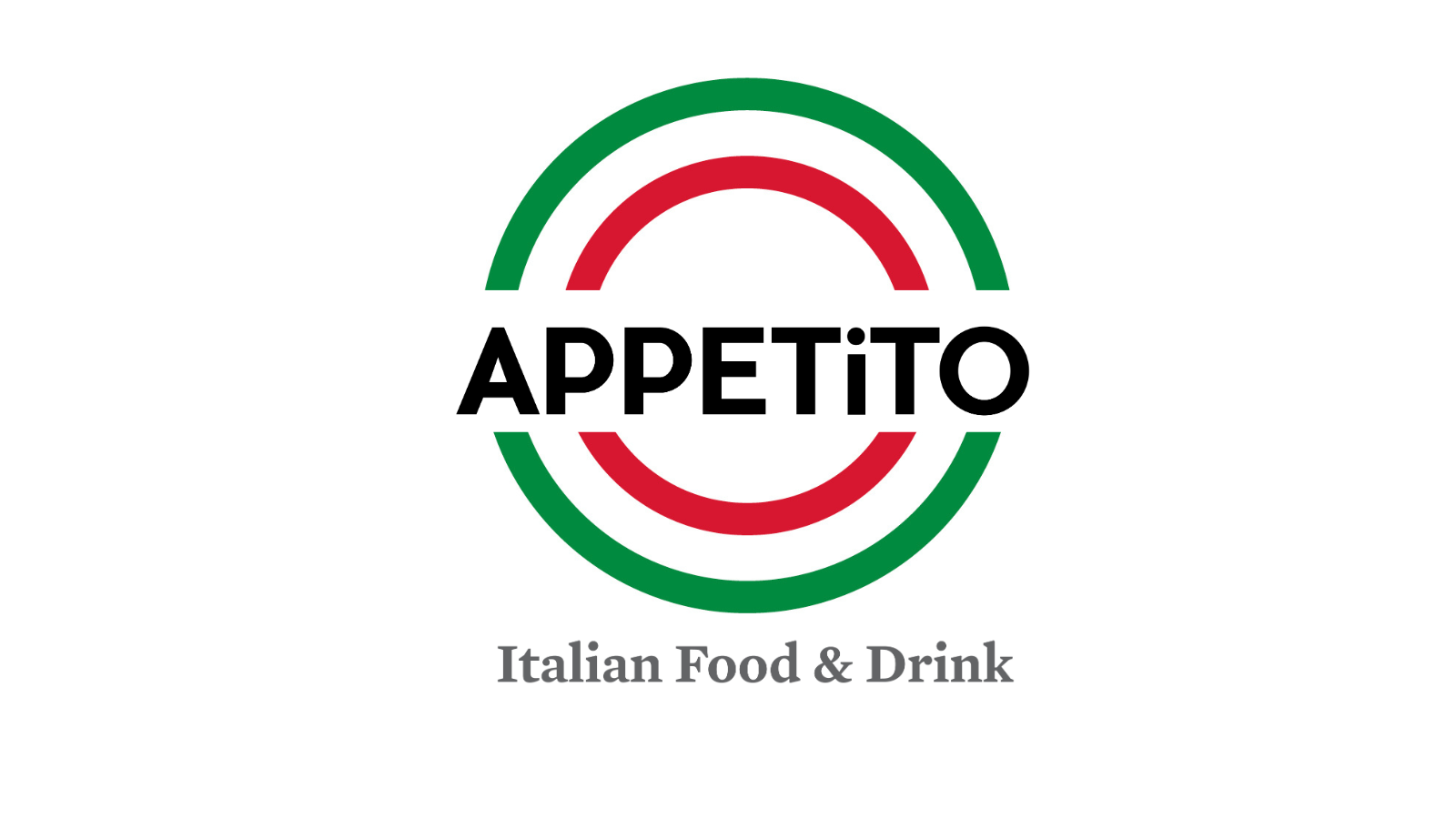If you’ve ever been to Italy, you’ve surely encountered the tradition of aperitivo, typically a time before dinner to drink a bit, eat a bit, and socialize with friends. But did you know that you could go have an aperitivo for your aperitivo during aperitivo?
What does that even mean?!
Aperitivo is actually three things at once. It can mean anything you drink before a meal. It can act as a time of day. And it’s also a category of alcohol.
People often label aperitivo as the Italian version of happy hour, but this time-honored tradition, time of day, and liqueur is a lot more complicated and nuanced. The word aperitivo itself is rooted in the Latin word aperitivus, which means "something that opens," specifically the stomach to get ready for a meal. According to Italian historian Giammario Villa, you can trace the ritual of aperitivo back to Ancient Rome: “You have to look at the production of scented wines with a mild bitter taste. In fact, it’s a bitter taste that stimulates the appetite, not a sweet taste. Also, in Ancient Roman times there was a mulsum, a mix of wine (high in alcohol) and aromatized honey paired with savory appetizers and served during the gustatio, the opening moment of important banquets.”
The ritual of aperitivo that we see today in Italian cities became more formalized in the 18th century after the invention of vermouth by Antonio Benedetto Carpano. His vermouth was designed specifically as an aperitif and was adopted by King Vittorio Emanuele II as a royal aperitif that pushed along the idea of drinking to prepare your stomach for dinner.

Café culture in Italy alongside the creation of famous liquor brands in the 18th and 19th centuries brought the ritual into more of the mainstream. Campari, Martini & Rossi, Lucano, Fernet-Branca, and others helped usher in more variety when it came to getting your gastric juices flowing.
The 20th Century, however, is where the aperitivo as a liqueur really gains steam. In 1919, you have the invention of Aperol in Padua, and in 1920, you have the invention of Select in Venice and Contratto in Canelli. These liqueurs are labeled as an aperitivo while a liqueur like Campari is considered a bitter (subtle differences).

Today around Italy, you can find the ritual of aperitivo before lunch and before dinner. This typically means eating salty snacks alongside low(er) alcohol by volume cocktails to get you prepared for the meal ahead. Aperitivo is also becoming more institutionalized with an annual World Aperitivo Day, and the Aperitivo Festival held in Milan at the same time. The creators of the Aperitivo Festival have written a manifesto, a list of ten items that set the ritual of aperitivo in stone. So, whether you want to enjoy the ritual and corresponding drinks at home or head out to a bar that caters to this venerable tradition, here are the 10 items to ensure that you’re doing it the "right way."
- The Aperitivo is an original ritual of the Italian tradition that combines a beverage with a food product or culinary concoction
- The Aperitivo can be practiced at two different times of the day, both at home and in catering venues: before lunch and before dinner, without it being a substitute for either meal.
- To uphold the Italian spirit of this tasty custom, the Aperitivo must be at least 50% made in Italy – that is, at least half of the ingredients used in the pairing must be produced in Italy and their origin must be guaranteed throughout their production chain
- The pairing between beverage and food – which should allow for creative expression – must enhance the ingredients and transform the action of tasting into an experience, eliciting the opportunity to tell the story of the products employed
- The quality of an aperitivo is not measured in terms of the quantity of drink or food presented, but rather by the quality of the pairing and of the individual elements of the composition, which act as a guarantee for the consumer
- The Aperitivo offers an opportunity for the world of Italian beverage, food, and culinary traditions to encounter its international counterparts, favoring the best international culinary practices such as the Mediterranean Diet
- The Aperitivo provides an opportunity to practice sustainable choices, both with regard to the instruments and techniques involved, and to the use of seasonal products, and/or products made by companies with a reported attention for sustainability in terms of their production methods of the environment and of social responsibility
- An essential role in spreading and revealing the value of the Aperitivo is played by catering venues and professionals, whose work should uphold the principles of hospitality, quality, typicality, and creativity that characterize Italian tradition
- The Aperitivo provides a convivial setting for the encounter with other fields of culture – from music to design, from art to fashion
- The Aperitivo is an instrument for building awareness of the Italian lifestyle, enabling new opportunities for the consumption of Italian-made products across international markets.
Now that you know the history, the culture, and the rules, go enjoy your aperitivo for your aperitivo, during aperitivo. Salute!







